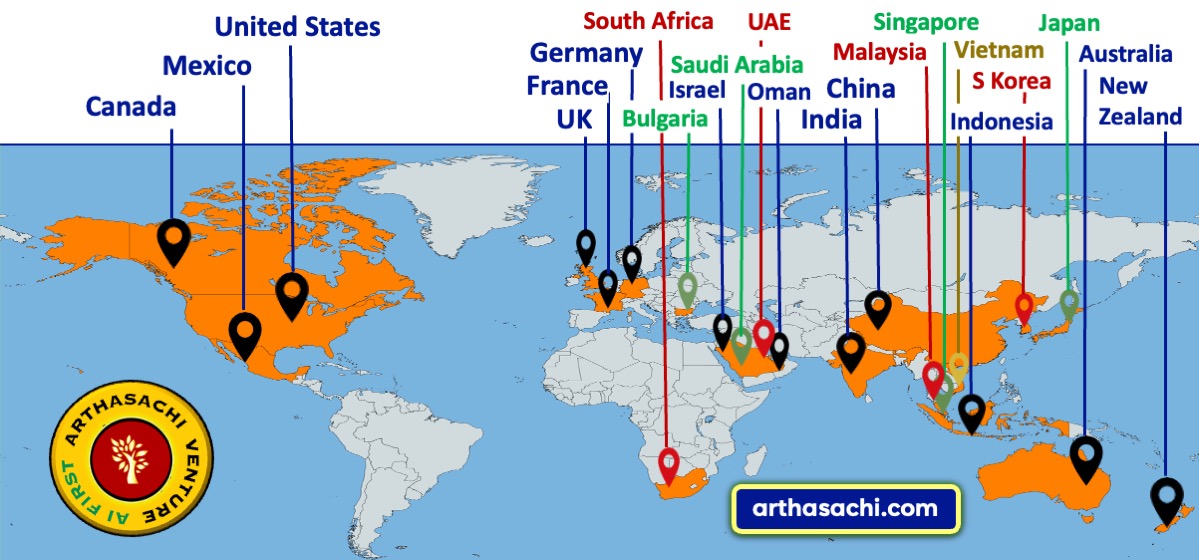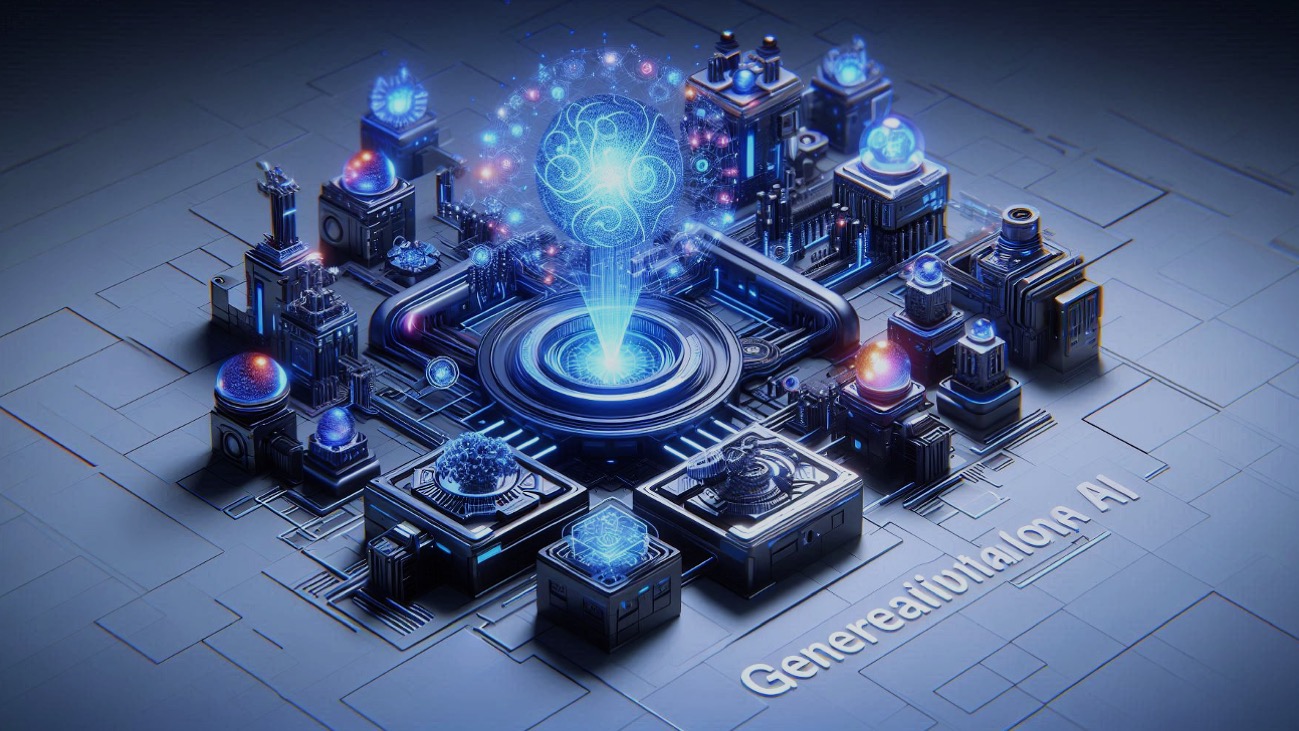
Case Study: Leveraging Generative AI in MACH-Compliant Solutions
Introduction
Generative AI is transforming how businesses develop and manage their digital platforms, especially when integrated with MACH-compliant architectures. MACH-compliant solutions—focused on Microservices, API-first, Cloud-native, and Headless architectures—are designed to offer flexibility, scalability, and adaptability. By incorporating Generative AI, companies can further enhance these attributes by automating processes, delivering personalized user experiences, and enabling intelligent decision-making. This case study explores how Generative AI enhances MACH-compliant solutions, unlocking new levels of efficiency, performance, and innovation.
1. Automating Microservices
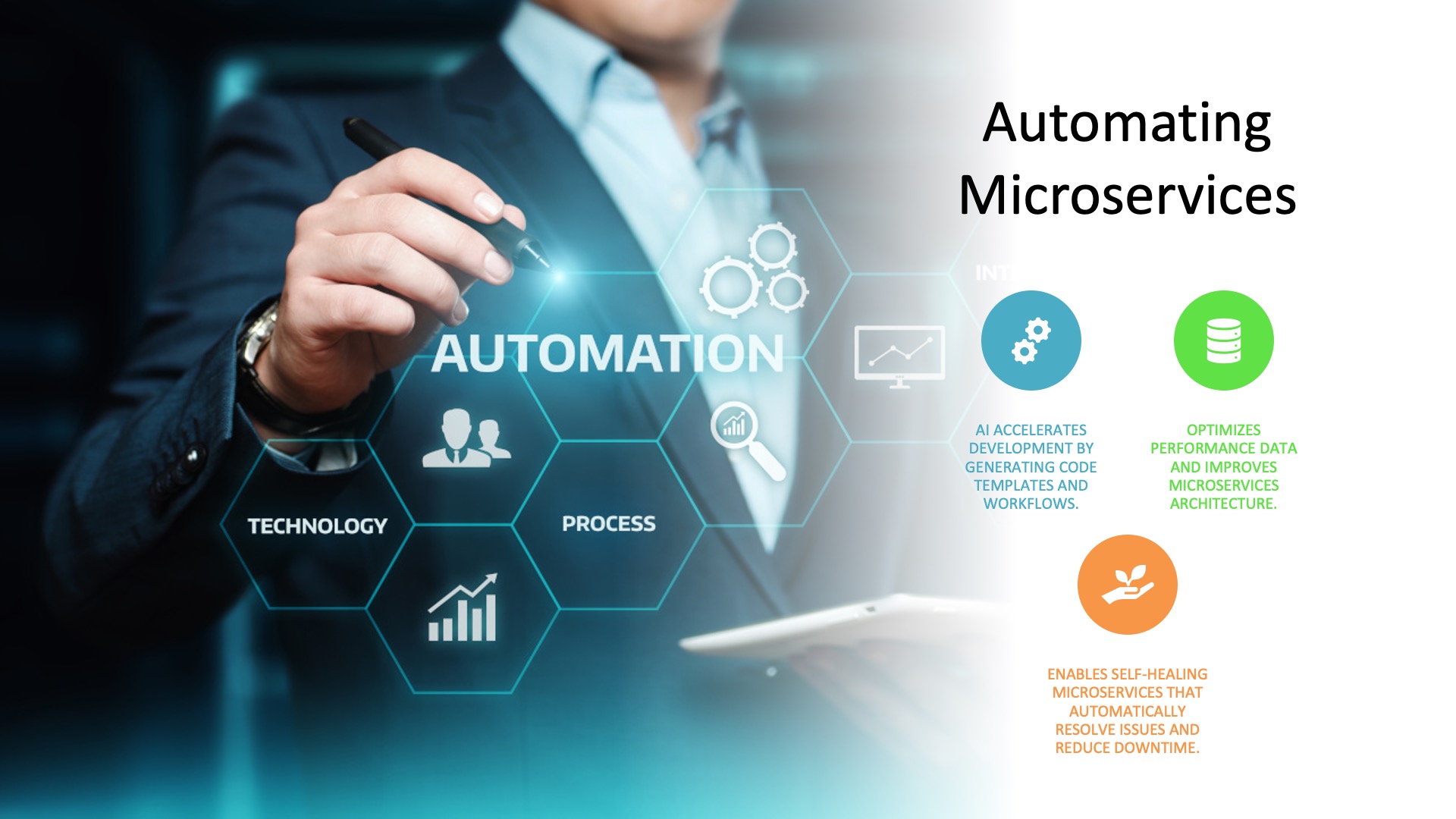
Generative AI accelerates the development of microservices by automating code generation, workflows, and service creation based on specific requirements. This significantly reduces development time and minimizes manual effort. Additionally, AI can analyze performance data from various microservices and provide recommendations for optimization, improving the overall architecture’s efficiency.
Generative AI also introduces the concept of self-healing microservices, where services can autonomously detect issues and resolve them in real-time, enhancing reliability and minimizing downtime.
2. Enhancing API-First Approaches

In MACH-compliant architectures, APIs play a critical role in connecting microservices and external platforms. Generative AI simplifies API management by suggesting API designs, generating documentation, and even automating API testing. This reduces manual overhead and accelerates development.
Moreover, AI-driven APIs can personalize responses based on real-time data analysis, making them more adaptive to user preferences and behaviors. This level of intelligence creates a more dynamic and responsive system that meets users' needs effectively.
3. Cloud-Native Operations
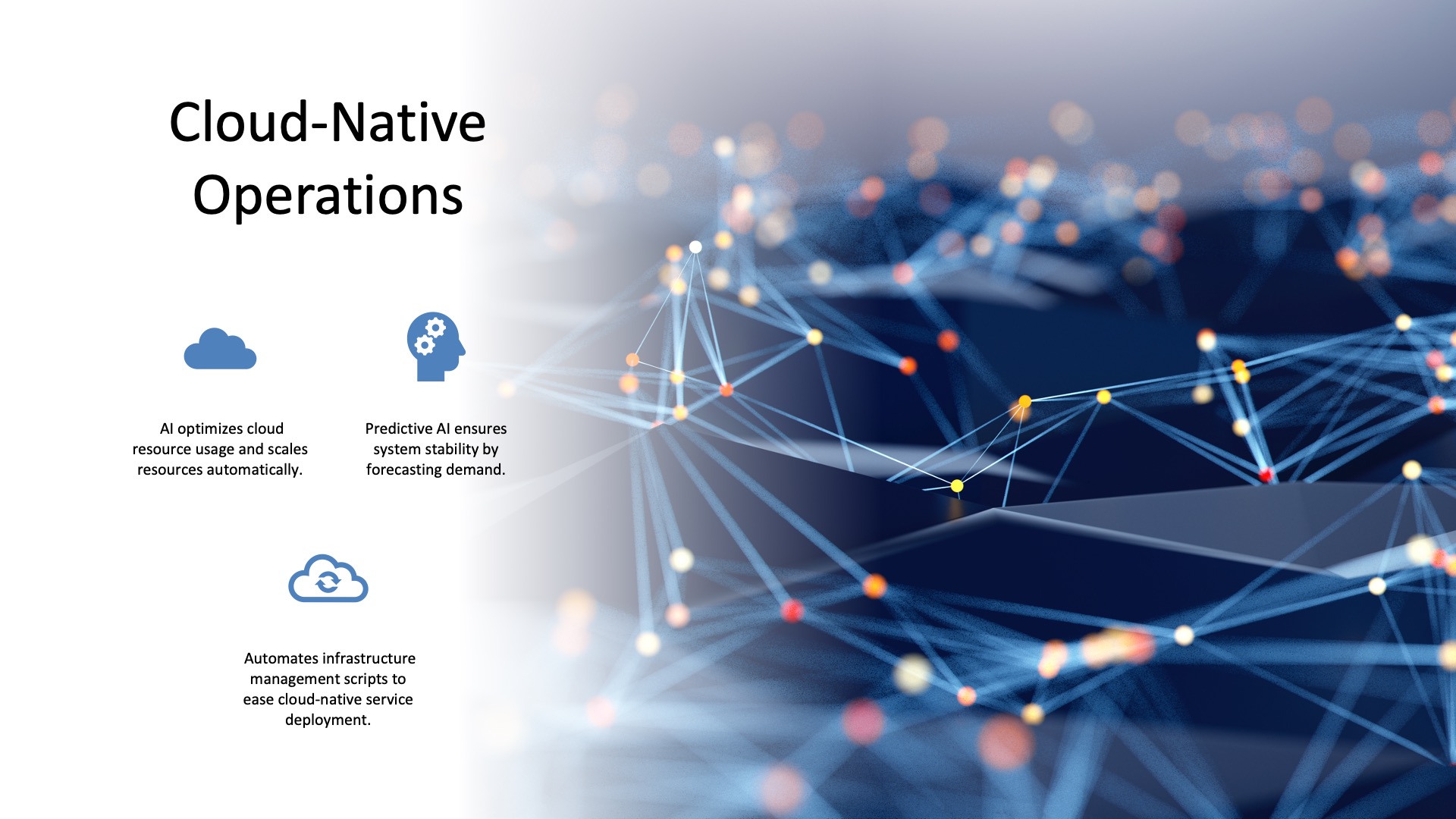
Cloud-native applications benefit from Generative AI’s ability to optimize resource usage. AI can continuously monitor cloud infrastructure, predict resource demands, and recommend scaling strategies, ensuring cost efficiency and peak performance. By predicting spikes in demand, AI can automatically scale cloud resources, allowing for better resource allocation and smoother operations.
Additionally, AI-generated infrastructure management scripts, such as Kubernetes YAML files or Docker configurations, streamline the deployment process, making it easier to manage cloud-native services.
4. Improving Headless Experiences
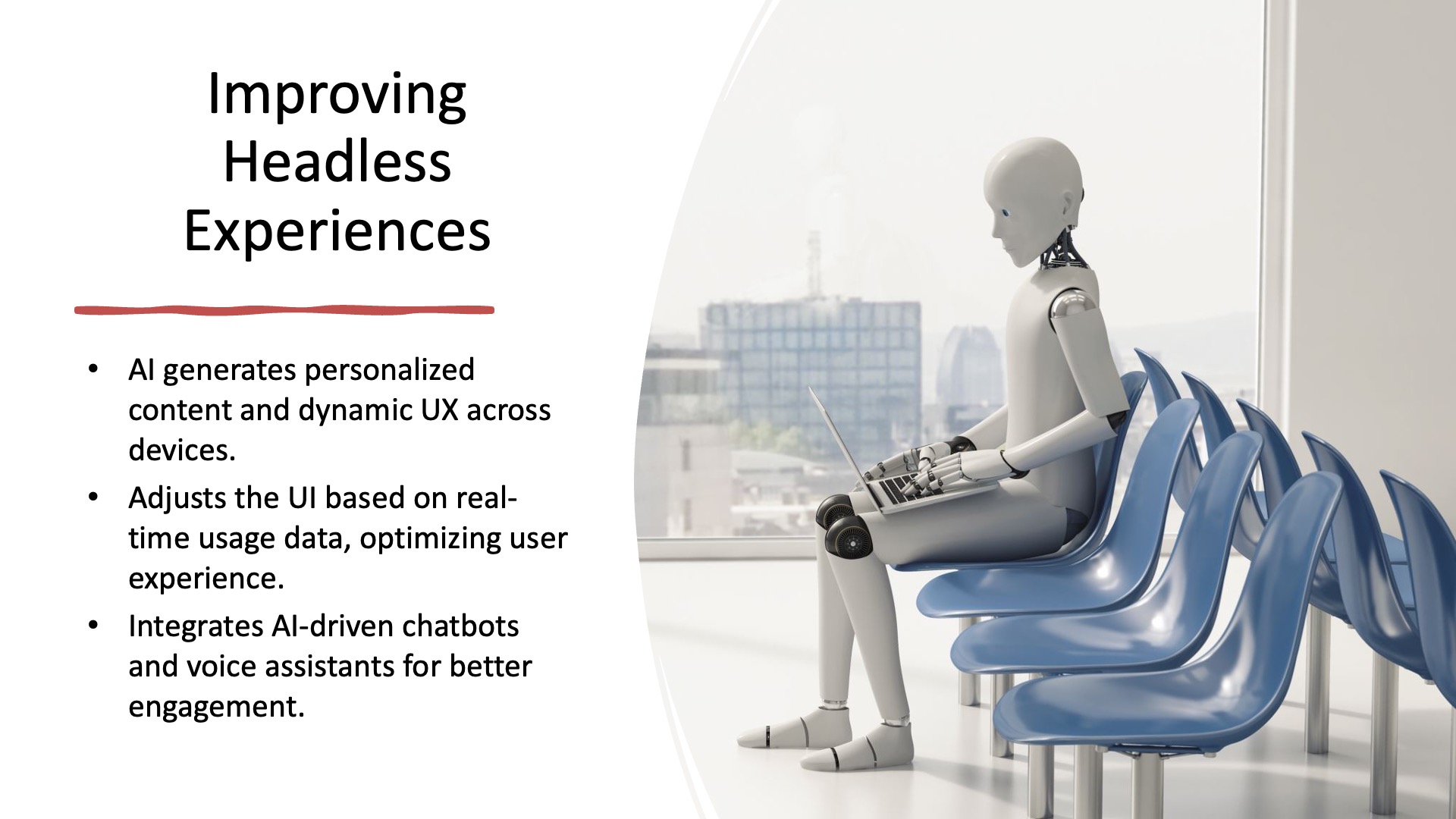
Headless architectures, which separate the back-end from the user interface, gain a significant boost from Generative AI. AI can generate personalized content in real time, such as product descriptions or promotional materials, tailored to different user segments. This results in a more engaging and customized user experience across devices.
Furthermore, AI can dynamically adjust user interfaces (UX/UI) based on device type and usage patterns, delivering an optimized experience for users on web, mobile, or any other platform. Conversational interfaces, such as AI-powered chatbots or voice assistants, can also be integrated to enhance interactivity and user engagement.
5. Data-Driven Insights and Decision Making
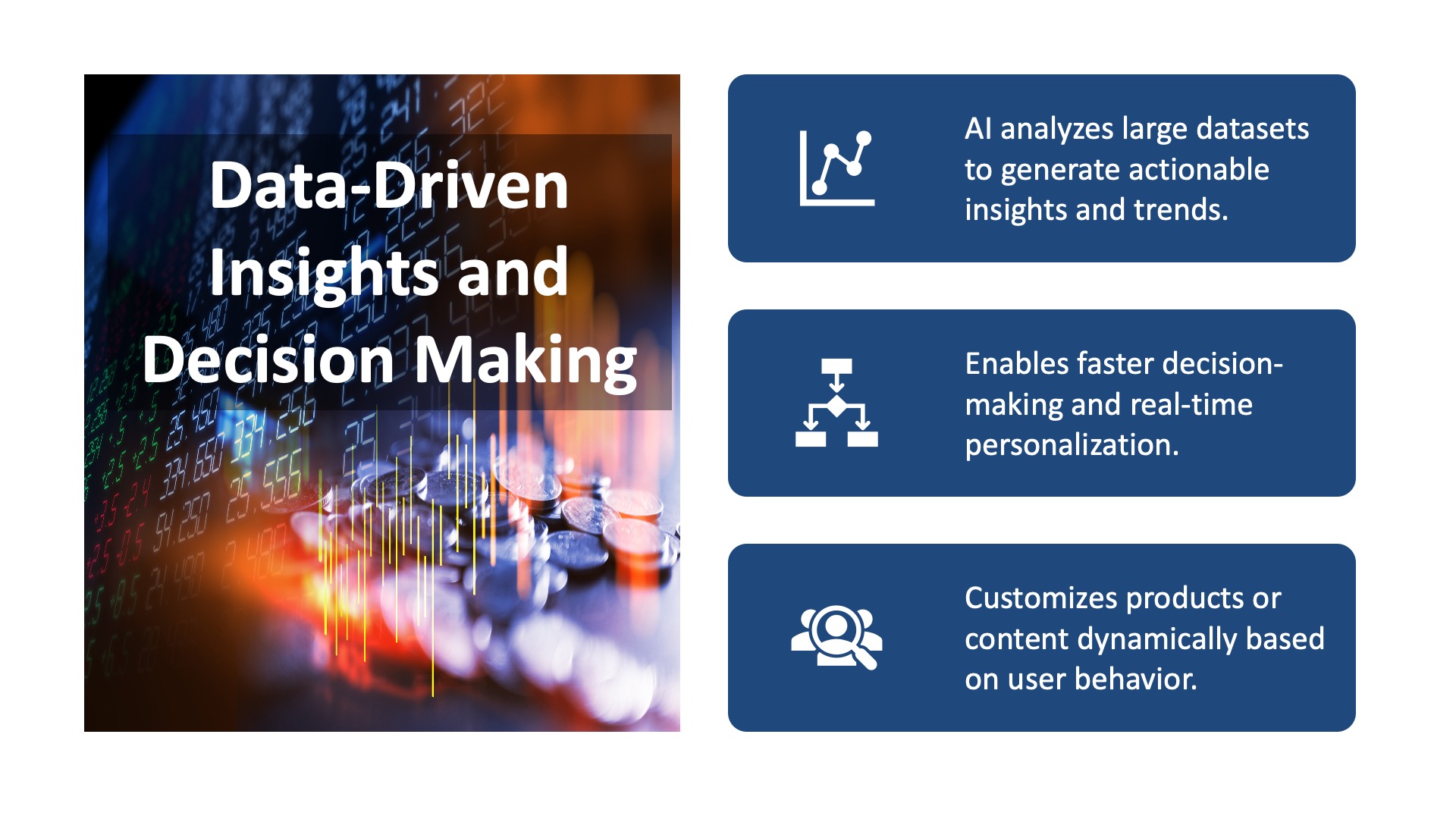
Generative AI empowers businesses with predictive analytics by processing large datasets from various microservices. These insights help identify trends in user behavior, operational efficiencies, and market patterns, enabling faster and more informed decision-making.
AI can also personalize user experiences in real-time, offering product recommendations or content suggestions based on behavioral analysis. This allows businesses to tailor their offerings to individual users and create a more personalized digital experience.
6. Security and Compliance
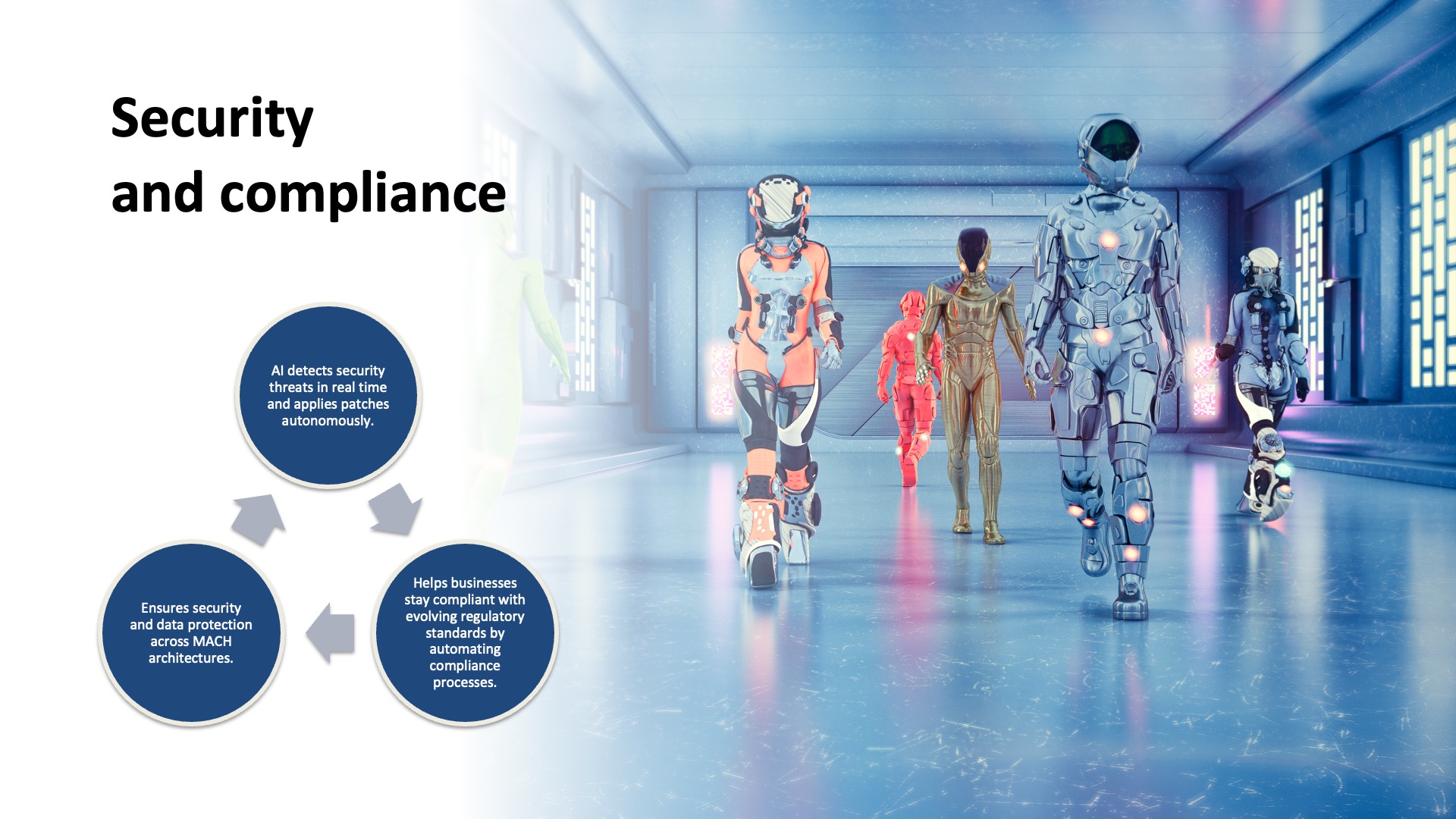
Generative AI enhances the security of MACH-compliant architectures by detecting threats in real time and autonomously generating security patches or safeguards across cloud-native services and microservices. This ensures that the architecture remains resilient against potential vulnerabilities.
Additionally, AI can assist with regulatory compliance by automatically generating reports, documentation, and workflow adjustments to meet evolving standards, ensuring that the platform remains secure and compliant.
Conclusion
Generative AI is a powerful complement to MACH-compliant solutions, elevating their adaptability, scalability, and efficiency. By integrating AI into microservices, APIs, cloud-native operations, and headless architectures, businesses can automate critical processes, deliver personalized experiences, and make data-driven decisions faster. This convergence of AI and MACH principles allows organizations to innovate, scale, and thrive in competitive industries, offering a future-ready digital platform that can meet both present and future demands.
This case study demonstrates how Generative AI, when combined with MACH-compliant solutions, unlocks immense value for businesses, enabling them to build highly intelligent, scalable, and adaptable digital platforms.
Alliances and Partners
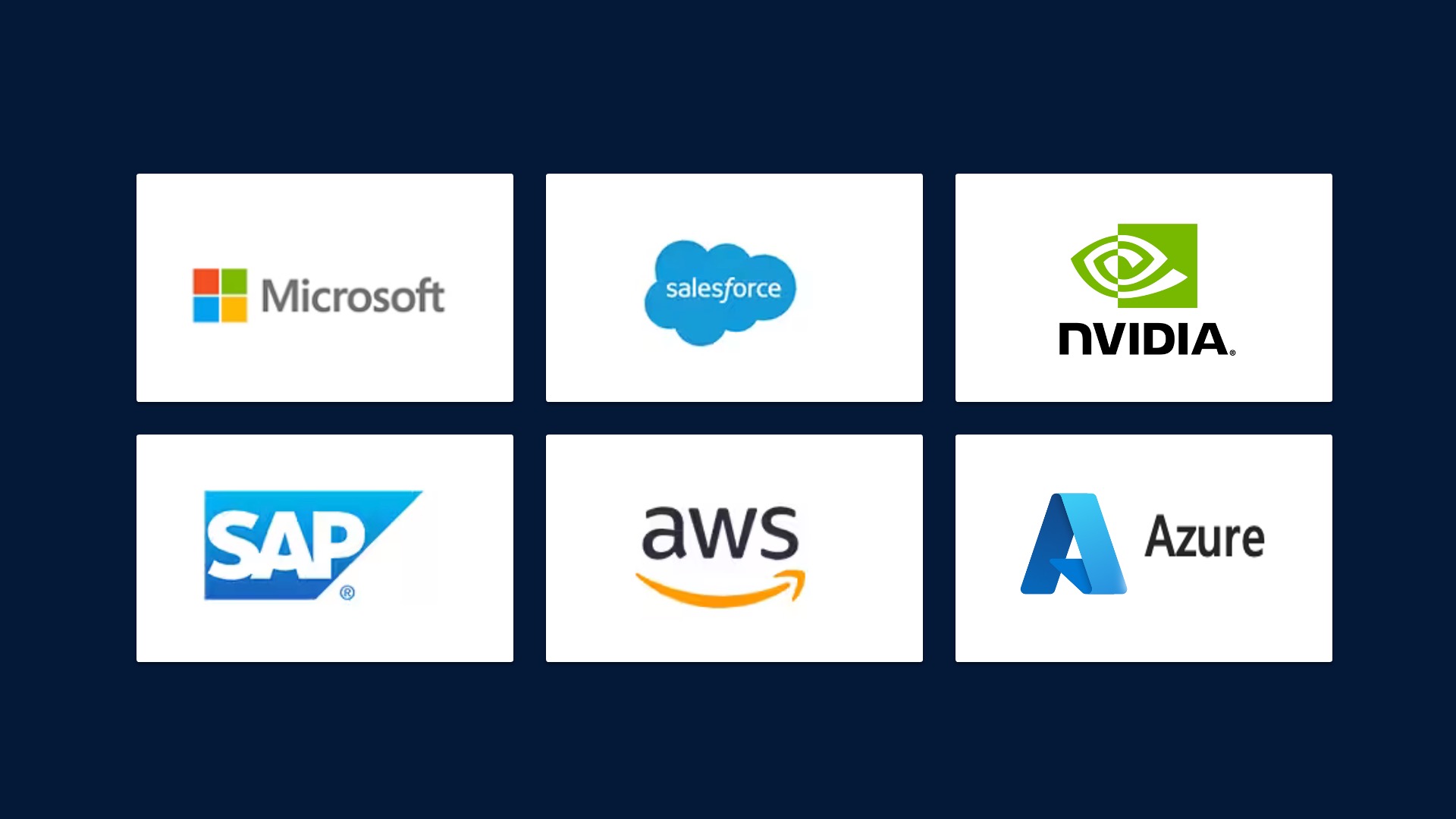
Arthasachi Venture Footprints
